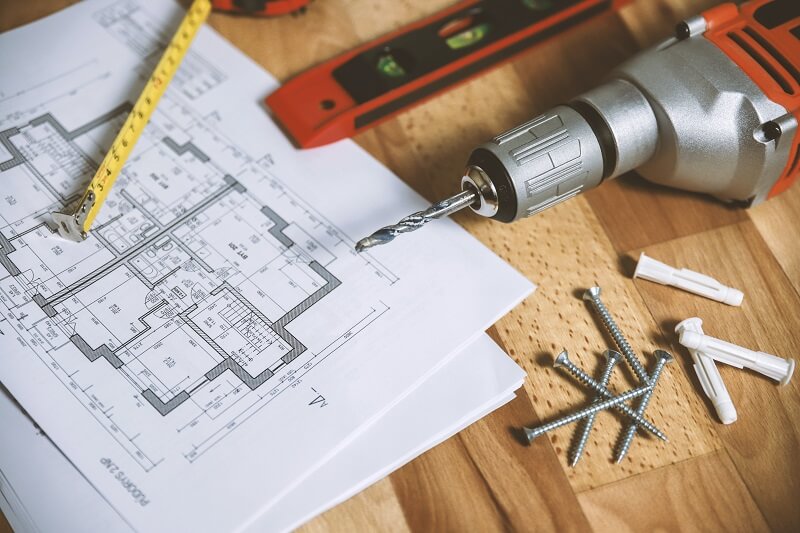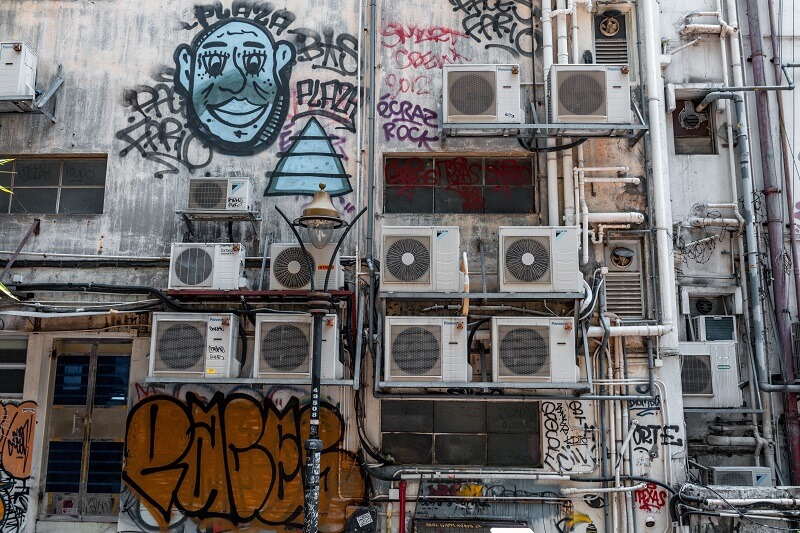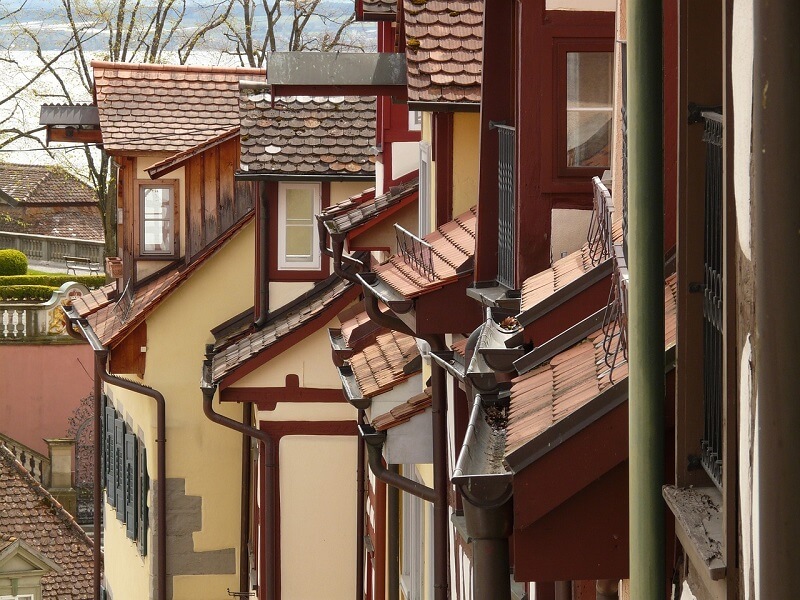It’s not always simple to make restorations after you have water damage, but you must if you want to get your property back to the way it was before the damage happened. Property owners must be prepared to hire a restoration professional as soon as possible because water damage restoration prevents the growth of mildew and mold.
If there has been water damage to your property, you undoubtedly already feel anxious. You may feel more at ease if you are aware of how long does water damage restoration take. It makes sense that some homeowners would want to minimize the inconvenience to their life or business as much as possible. Unfortunately, depending on the degree and extent of the damage, the precise time frame for a water damage restoration project can change. A variety of factors determine how long the repair procedure will take.
How Long Does Water Damage Restoration Take: A Timeline

The timelines for water damage restoration might change depending on the type of water involved (clean water over dangerous black water) and the overall degree. The time it takes to receive the results of your water damage tests is between 24 and 72 hours. Drying can begin if no mold or toxins have been found. When the results of your water damage testing are positive, your chosen restoration company must completely remove it before beginning repairs. Despite their best efforts, some insurance companies can cause delays in restoration services. It is reasonable to think that major damage can take many weeks to restore.
When determining a restoration timeline, a professional will take into account the sheer volume of water damage and the damaged area, but other crucial factors include the type of space and the depth of the damage.
When a two-story building suffers roof damage, water may seep down to the basement, but a leak that started in the basement may be simpler for water extraction and restoration professionals to handle. Similar to how a washing machine malfunction in a carpeted area might be more easily handled and cleaned up than one in a tiled area.
Typically, restoration professionals complete the entire water damage restoration process in these five (5) steps:
Water Damage Assessment
The restoration professional performs a water damage assessment to determine the water source, the level of water contamination, and the type of water damage.
The water supply has an important impact on the cause of water damage. Even when the cause of the water damage has been determined, it may still be challenging to locate the water source (for instance, flood water may seep into the property through several access spots).
Carpet, gypsum board, fiber-fill insulation, Concrete Masonry Units (CMU), and textiles are examples of wet porous materials. Plaster, wood, concrete, and masonry are materials that have low evaporation rates.
Removing Standing Water
The removal of standing water, often referred to as stagnant water, is accomplished through extraction, which is particularly important when the property has a flooded basement. Industrial vacuums and submersible pumps are some tools for extractions. Surface water can be collected using portable wet/dry vacuums once all standing water has been removed. To find concealed pockets of saturation behind walls or underneath floorboards, a restoration professional might use a moisture meter or an infrared thermal camera. Even after vacuuming, there can still be residual surface water.
Dehumidify and Dry the Affected Areas

Affected areas will be dried and dehumidified by the restoration professional using tools like heavy-duty fans (including air movers) and commercial-grade dehumidifiers, much like water extraction. The restoration professional might open windows and doors along with using these tools to improve airflow. However, drying and dehumidification will typically require more time than water extraction, particularly if the water damage is Class 3 or 4 and requires the removal of parts of the floor and/or walls.
Clean and Sanitize the Affected Area
The restoration professional is required to put on Personal Protective Equipment (PPE) before beginning mold remediation, including an N-95 mask, gloves, goggles, rubber boots, and disposable clothing or protective overalls. The restoration professional will also use tools like a High-Efficiency Particulate Air (HEPA) vacuum, an air scrubber, and other kinds of negative air devices during sanitation, much like they did for extraction and dehumidification. All surfaces will need to be cleansed with an antibacterial solution if the water damage is Category 3.
Restore or Reconstruction
The restoration professional will remove unsavable components (such as carpet padding, low- to medium-density trim boards, and drywall below the flood line) in the last part of water damage restoration. While carpets can be thoroughly cleaned, they will probably need to be replaced. If the water damage isn’t Class 4 or 3, hardwood trim boards can sometimes be reused and drywall can sometimes be repaired. Reconstruction, however, can also be required, particularly if a natural calamity caused the water damage.
Common Water Damage Signs

A property owner may have water damage for a variety of causes, including a busted pipe, an appliance issue, or storm-related flooding. Water damage, however, doesn’t always manifest itself in a way that is immediately obvious as an issue.
Smaller leaks, unexpected basement flooding, or water behind walls or under flooring can all cause minor water damage problems that, if left unattended, can grow into more serious ones. Here are some of the common water damage signs:
- Wet or dark spots on the wall or ceiling
- Pooling water without a visible source
- The constant dripping of water or the sound of water running
- Mold or mildew odor
- The water bill has increased unexpectedly
- Twisted or swollen materials
- Cracks in the wall or ceiling
- Bubbled or peeling paint
- Soft spots or sagging
- Structural damage
- Stains from water
You might need to hire a water damage professional to check for leaks and assess whether mold remediation services are required if you’ve discovered one or more of these problems in your property.
Summary
There are many different ways that water damage can occur, and each one presents unique restoration challenges. Whatever the cause of the water damage may be, action must be taken to minimize it as soon as possible. The amount of water damage and the difficulty of the restoration process can affect how long does water damage restoration take.
It’s important to deal with water damage early on to prevent potential damage. The length of time required for water damage restoration might vary greatly depending on the extent of the damage and the intricacy of the restoration process. Simple fixes, like patching up a leaky pipe, can just take a few hours, whereas more involved fixes, like repairing flood-damaged homes, might take days or even weeks to do.


